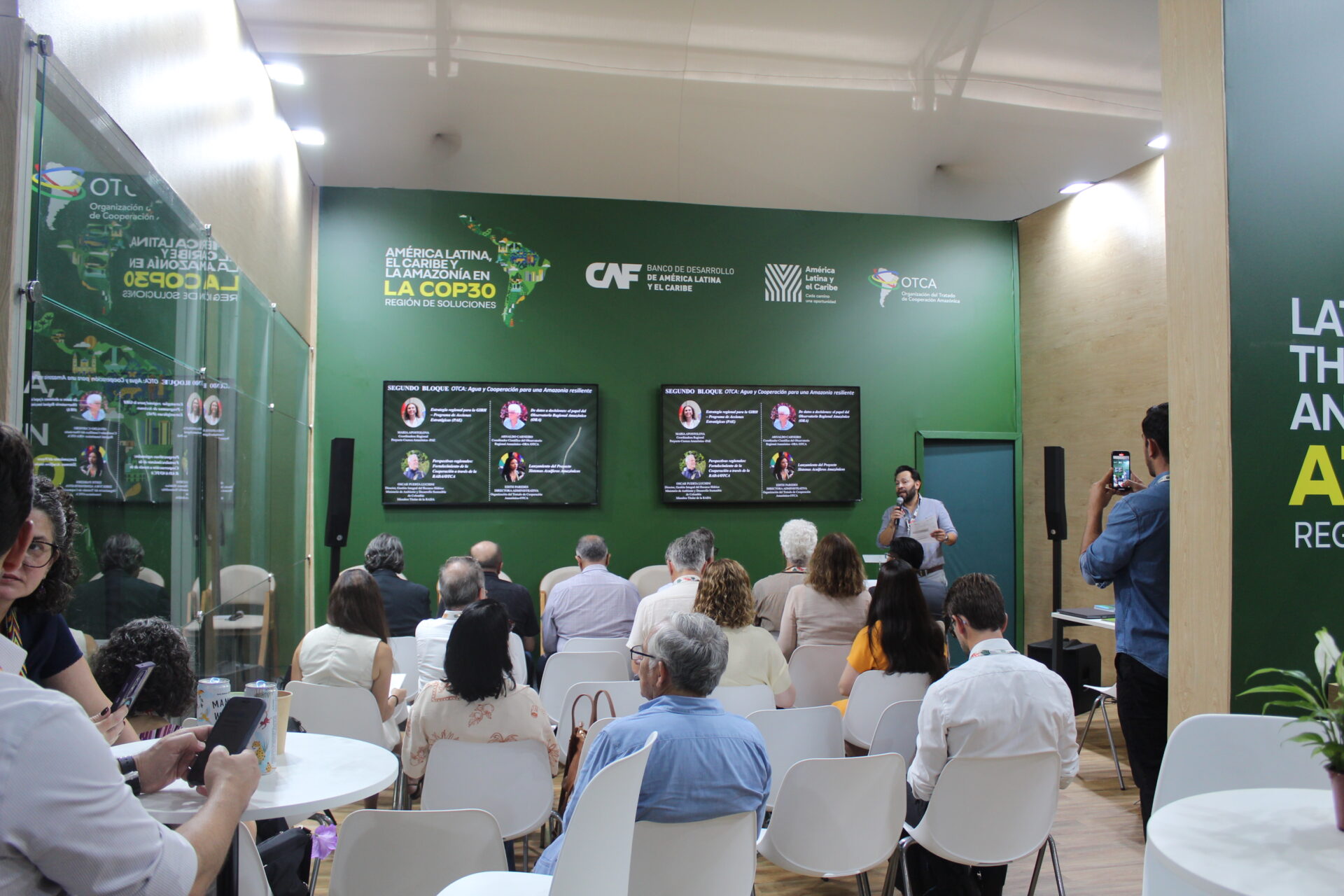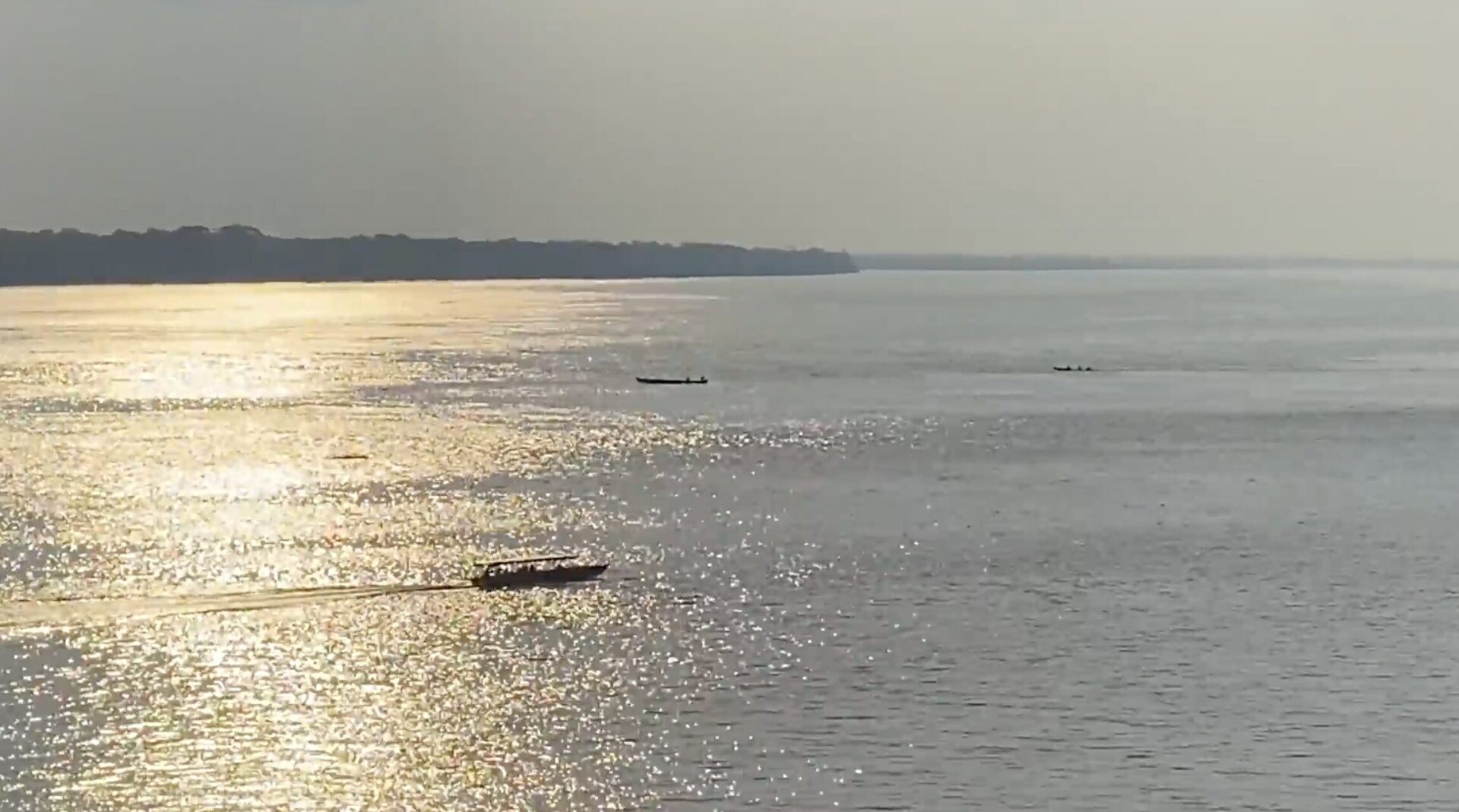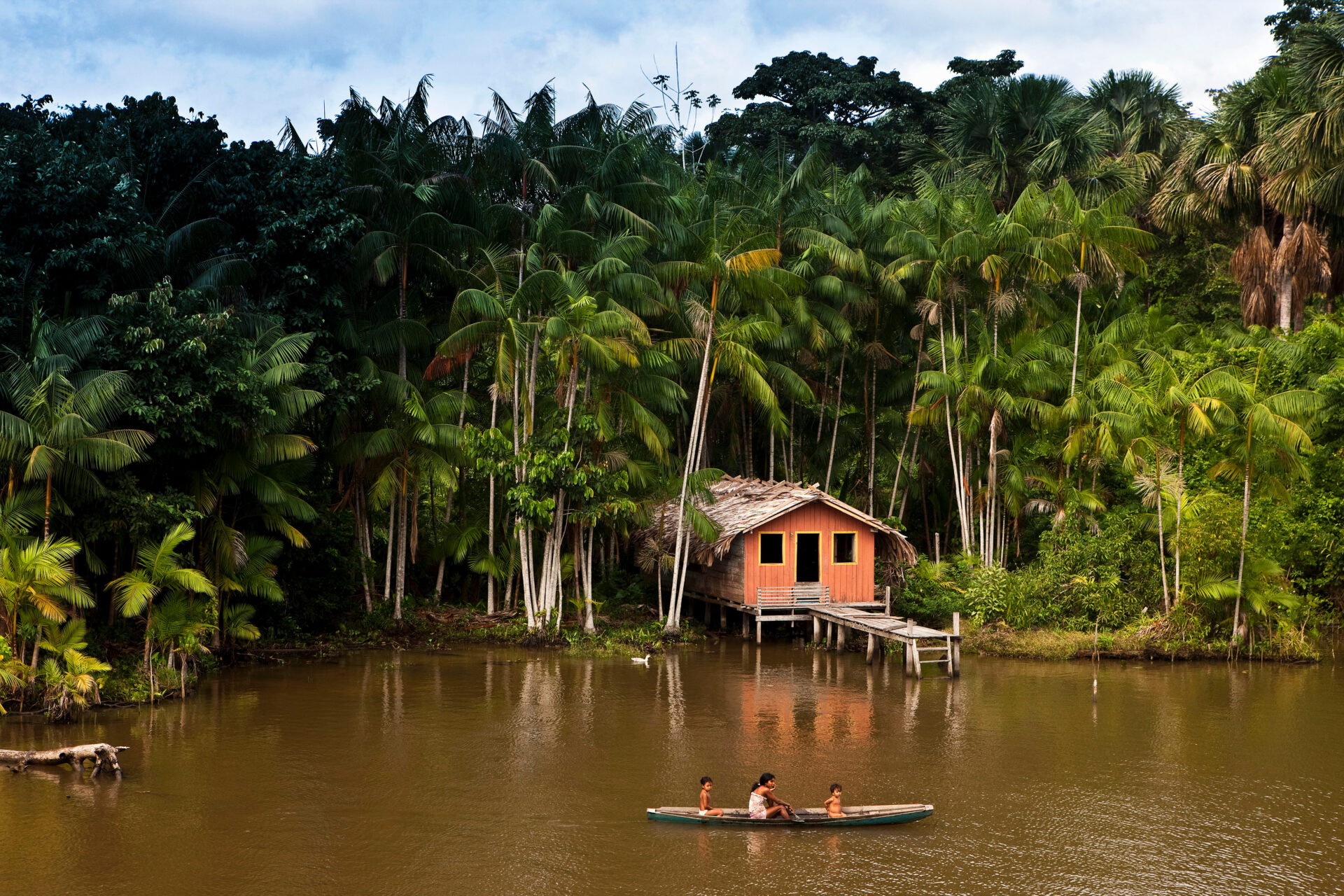In February, with the workshops held in Suriname and Guyana, the Amazon Basin Project (OTCA/UNEP/GEF) concluded a series of training sessions focusing on water resource management tools, aimed at technical specialists and water resource managers from government institutions in the eight Amazonian countries. This initiative marks a significant step forward in regional cooperation for Integrated Water Resources Management (IWRM) in the Amazon Basin, ending a cycle that began last year with the other member countries of the Amazon Cooperation Treaty Organization (ACTO).
The training sessions aimed to enhance participants’ understanding of the principles and guidelines of water governance and management, with an emphasis on the implementation of the Strategic Action Program (SAP) and the development of National Action Plans (NAPs). In this way, the Amazon Basin Project sought to strengthen technical capacity and cooperation among countries for more integrated and efficient water resource management in the region.
To achieve this goal, participants deepened their understanding of the regional dynamics of IWRM in the Amazon Basin, covering the entire course of the rivers—from the Andes to the Atlantic—through the lens of the Source-to-Sea Approach. Additionally, the Global Water Partnership (GWP) Toolbox was introduced, highlighting how its tools can be adapted to the specific context of the Amazon, with a focus on climate change adaptation strategies.
From the Andes to the Atlantic
The Source-to-Sea Approach recognizes that processes occurring throughout a river’s drainage area—including aquifers, lakes, tributaries, deltas, estuaries, and adjacent coastal areas—are interconnected. By integrating terrestrial, freshwater, and marine systems, this methodology fosters cooperation between upstream and downstream stakeholders, promoting mutually beneficial outcomes for the sustainable management of water resources. As Adriane Michels Brito, an expert responsible for the Source-to-Sea training, emphasized, “Fragmented governance and management put progress toward sustainable development at risk. To address rapid environmental degradation, integrated and effective action is needed, facilitated by the Source-to-Sea approach.”
Within the Amazon Basin Project, the Source-to-Sea approach includes the full continuum of water—from the headwaters of the Amazon River in the Andes to the Atlantic Ocean—considering the links between water, land, and the atmosphere. This includes so-called flying rivers, aquifers, and riparian and coastal ecosystems of the Amazon Basin in the implementation of regional, national, and local actions across the region. The goal is to reduce the impacts of extreme weather events and rising sea levels, prevent and mitigate pollution and water overexploitation, and promote water security and efficient water use in the region.
A Global Tool for Sustainable Water Management
Additionally, the workshop cycle introduced the GWP ToolBox, a global knowledge platform that supports the implementation of Integrated Water Resources Management (IWRM). The ToolBox organizes concepts, case studies, practical guidelines, and online thematic communities, providing a space for sharing experiences and disseminating best practices. According to Professor Carlos Saito of the University of Brasília, who led the ToolBox training, “Its integrative approach and extensive knowledge base are essential for promoting efficient, sustainable, and collaborative water resources management, especially in the face of climate change challenges.”
Training Lessons from Suriname and Guyana
The training sessions in Suriname, held on February 24–25, and in Guyana, on February 27–28, brought together professionals from various sectors to strengthen integrated water resources management. In Suriname, more than 20 participants from institutions such as the Ministry of Spatial Planning and Environment and the Ministry of Natural Resources emphasized the importance of cross-sectoral collaboration. Stephanie Cheuk-Alam of the Public Health Bureau stated, “The workshop highlighted the need for cooperation with communities and across different ministerial departments, from policy formulation to the implementation of concrete actions.” Saskia Chote of the Ministry of Public Works noted, “The negotiation simulations were particularly enriching for understanding conflict resolution techniques in shared river basins.”
In Guyana, 30 professionals from the public service and non-governmental organizations participated in the training. Danta Thom, a hydrological technician at the Ministry of Agriculture, commented that “the interactive nature of the training, with working groups and practical exercises, helped bridge the gap between theory and real-world application. The focus on ecosystem health, community engagement, and transboundary water management aligns perfectly with my professional interests.” Danta added that discussions on developing guiding principles for water management reinforced the importance of a coordinated approach to ensure the sustainable use and conservation of water resources.
- Group of participants from Suriname with the instructors
- Group of participants from Guyana with the instructors
A Step Forward in Regional Cooperation
With the conclusion of this training cycle, the Amazon Basin Project strengthens regional cooperation and the implementation of the Strategic Action Program (SAP), contributing to water security and environmental sustainability in the Amazon region.
Related news
Post
28 de November de 2025
Water is the central element through which most of the impacts of climate change manifest themselves: more intense droughts, extreme [...]
Post
16 de September de 2025
The Amazon Basin Project has launched an educational video that will be used in community workshops to raise awareness about [...]
Post
21 de August de 2025
Developed under the Amazon Basin Project – Implementation of the Strategic Action Program (SAP), the Toolbox for Water Management in [...]









